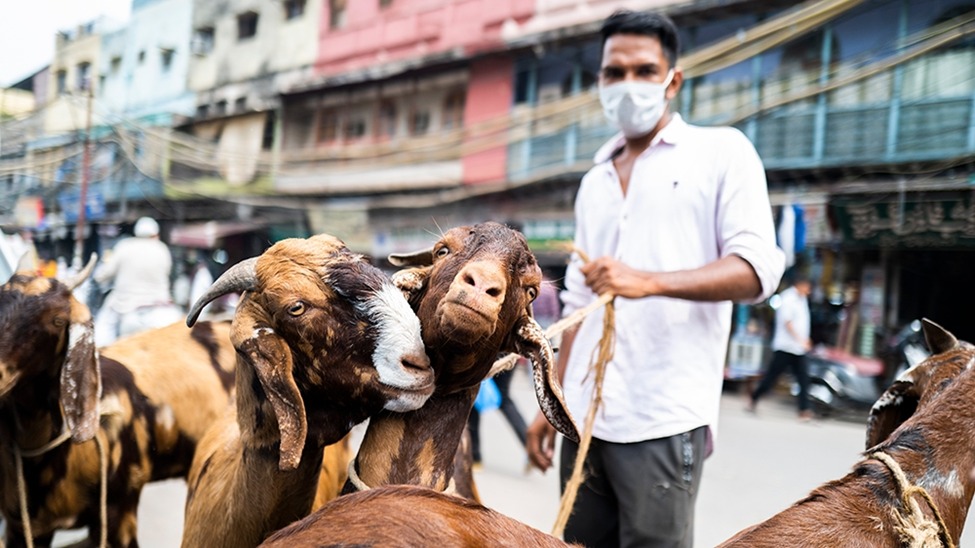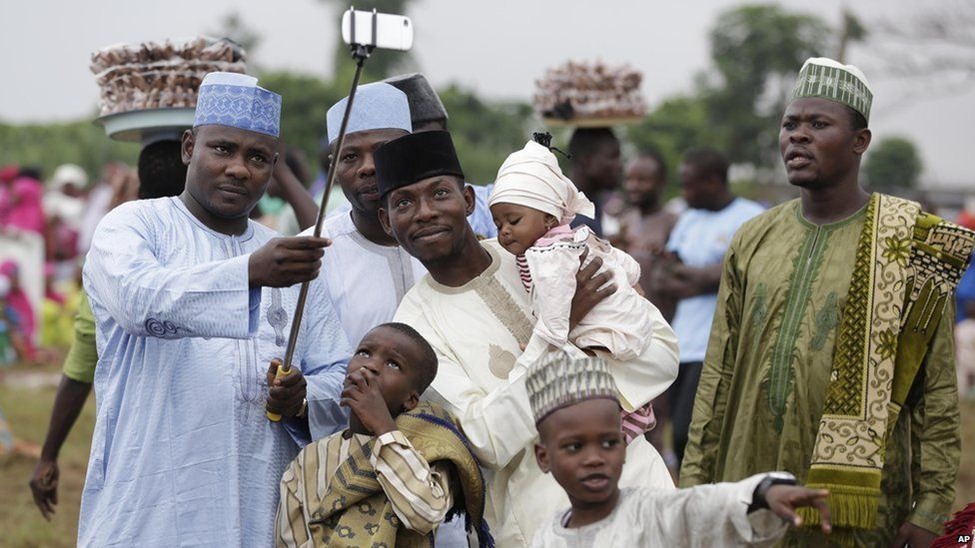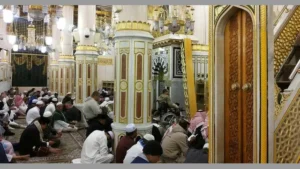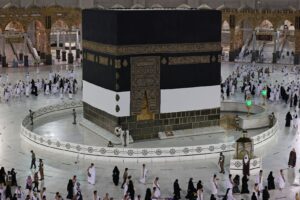The history and significance of Eid ul Azha in different cultures
-
Rida Shahid
-
- Published June 22, 2023

As the sacred festival of Eid ul Azha approaches, Muslims worldwide eagerly anticipate its arrival. Beyond its religious significance, Eid ul Azha is a time of rich history and importance that crosses borders and cultures. Join us as we journey through time, exploring this joyous occasion’s diverse traditions and customs.
Origins of Eid ul Azha:
Eid ul Azha, commonly known as Eid al-Adha or the Festival of Sacrifice, has its roots in the Quranic tale of Prophet Ibrahim (Abraham). According to Islamic belief, Allah asked Ibrahim to sacrifice his son, Ismail (Ishmael), as an act of devotion.
As Ibrahim prepared to carry out the sacrifice, Allah provided a ram to take Ismail’s place, symbolizing the concept of sacrifice and divine mercy. This event forms the spiritual cornerstone of Eid ul Azha and serves as a reminder of the importance of faith, submission, and devotion to Allah.
Eid ul Adha in the Islamic World:
Worldwide, Muslims celebrate Eid ul Azha with enthusiasm and zeal. In countries such as Saudi Arabia, Pakistan, and Bangladesh, the festivities begin with congregational prayers at mosques, where Muslims come together to seek blessings and offer gratitude. Families dress in their finest attire, exchange gifts, and visit friends and relatives.
The heart of the celebration lies in the qurbani (sacrifice) of an animal, usually a goat, sheep, cow, or camel. They divide the meat into three portions: one for your family, one for relatives, and one for the needy ones.
Eid ul Adha in South Asia:

In South Asian countries like India and Pakistan, the cultural significance of Eid ul Azha extends beyond religious boundaries. Festive preparations commence weeks in advance, with markets bustling with shoppers seeking the perfect sacrificial animal. The streets come alive with vibrant decorations, while aromatic delicacies such as Biryani, Kebabs, and Sheer Khurma fill the air.
Eid ul Adha in West Africa:
In West African countries like Nigeria, Senegal, and Mali, Eid ul Azha, known as Tobaski or Korité, holds immense cultural significance. The festivities unite diverse communities, including Muslims and non-Muslims, who enjoy the joyous atmosphere. Colorful traditional attire, lively drumming, and spirited dancing characterize the celebrations.

Families and friends gather to share hearty meals, showcasing regional dishes such as Jollof rice, Mafé (peanut stew), and Ndambé (black-eyed pea stew). The unity and togetherness displayed during this occasion transcend religious boundaries, fostering communal harmony and understanding.
Eid ul Azha, with its deep-rooted history and cross-cultural significance, exemplifies the essence of unity, sacrifice, and compassion. Muslims from around the world come together to celebrate, unifying us and reminding us of our shared humanity. Regardless of geographical location or cultural background, Eid ul Azha unites people in a common thread of love, gratitude, and devotion.





Leave a Reply